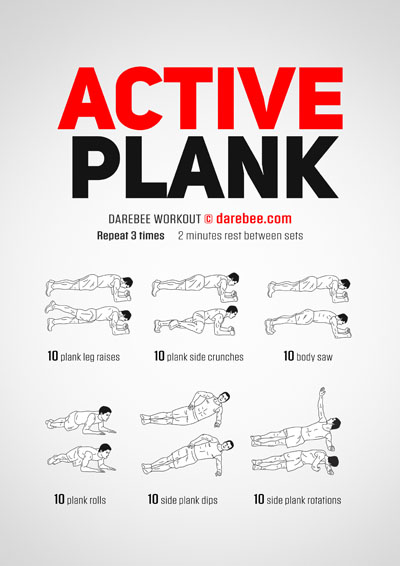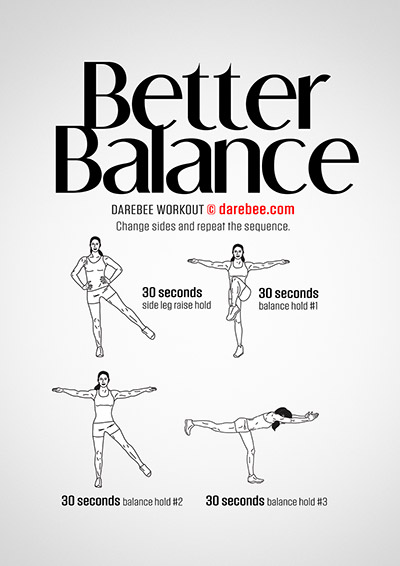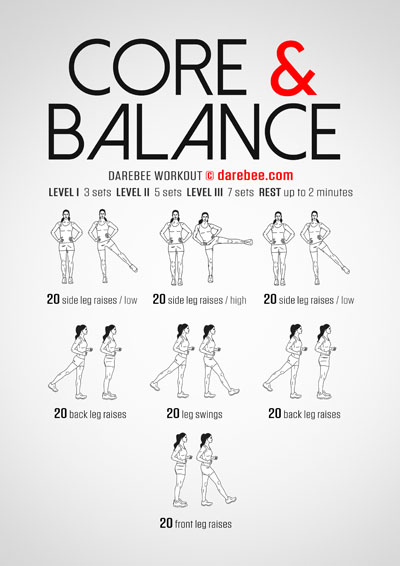The seemingly simple sitting-to-standing exercise is what’s known as a closed-chain exercise because our feet are pretty much fixed on the floor and certainly one of them almost never changes place. Its execution activates a whole lot of muscles, tendons, ligaments and nerves. As a result it becomes a mobility test for your biological age as well as a fitness test that shows you just how fit you are and a diagnostic tool that tells you exactly what you need to work on.
To understand how to use it in order to better read what it tells us about our health and fitness we have to deconstruct the physicality of its motion.
The Primary muscles we use to go from sitting to standing are: hamstrings, glutes, erector spinae and the paraspinal muscles that support the back, quads and rectus femoris (the muscle that joins the knee to the hip and coordinates multi-joint movement).
Because all these are the agonist muscles used to initiate the movement the antagonist muscles that provide balance and stability as you perform the stand-to-sit exercise are also a pretty impressive list: quads, hip flexors, rectus abdomini, transversus abdomini, hamstrings.
You immediately realize that many muscle groups are activated because this is a multi-joint exercise. The joints recruited to carry out this movement are: Sacroiliac joint (SI joint), knee joint, ankle joint.
The ligaments that are activated are: ACL and PCL at the knee joint as well as lateral medial ligaments, at the knee. The ligaments that prevent lateral or medial deviation of the foot and the iliofemoral ligaments at the hip.
The primary nerves involved are: the femoral nerve, the tibial, deep peroneal (anterior tib) and the common peroneal and S2 (thoracic nerves T2-L1) nerves.
This “sitting-to-rising” exercise, as it was initially called, was designed to predict mortality in middle-aged and older people. The test was devised by a team led by Claudio Gil Araújo, a Brazilian physician and researcher in exercise and sports medicine, and published in the European Journal of Cardiovascular Prevention in 2012.
Being able to perform it is an indicator of both healthspan (how well we age) and lifespan (how long we live). Being able to perform it anywhere between five and ten times without using your hands or knees for support indicates a longer lifespan (on average up to 94 years old) and good quality of life as you age.
Physicians use a point system between one and 10 to score the test with 10 being the best. To score this you need to:
- Stand with your feet flat on the floor about shoulder-width apart (you can wear trainers, though being barefoot is best).
- Cross your feet by moving one foot across the other and lower yourself to the floor until you’re in a cross-legged position. Each time you need to use an aid to get into that position, either by touching a body part with your hands or letting your hands or any other part of your body touch the floor before you are sat down, you deduct one point.
- Now repeat this in reverse. Rise from the floor without touching with your hands any part of your body or the floor.
- Assess how you did.
This is an amazing instant test that helps you diagnose how well you are doing physically as you age[1] and which aspects of your physical fitness you need to work on.[2]
If you’re not yet able to do it, don’t despair. Here’s how to get better at it: practice with lunges to help increase hip strength and mobility, work on your hamstrings to improve their flexibility (or practice our Stretching Hack To Instantly Improve Mobility And Reduce Experienced Back Pain) and practice planks.
The 30 Second Sit-To-Stand Variation
The sit-to-stand test that ends with you cross-legged on the floor and then up again is great to try when you’re not suffering from any lower-body injuries that prevent you from performing it. But if you do have injuries of any kind or are simply just not fit enough to try it just yet, there is a variation that is more injury-friendly and can also be a reliable indicator of fitness, mobility, lower-body strength and cardiovascular health. All of which contribute to longevity and good health as we age.
It's called the 30-second Sit-To-Stand test. This one involves a chair. Basically you sit on the chair and, without using your hands to touch any body part or any other object you have to stand up and then sit down and then stand up and then sit down again as many times as you can in a 30-second time interval. Don’t drop your weight on the chair every time and be in control of the movement from beginning to end.
The Center For Disease Control (CDC) has some guidelines on how to interpret your score in line with your biological age.[3]
Here are some of those guidelines:
- Age 60-64: a below average score is less than 14 repetitions for men
- Age 65-69: a below average score is less than 12 repetitions for men
- Age 70-74: a below average score is less than 12 repetitions for men
Summary
Relatively simple exercises that test functional strength, mobility, balance and the mind/body connection can help you determine how you age biologically[4] and also what you need to work on to help yourself slow down time. It is never too late to start working on the fitness modalities that allow you to stay active, independent and in control of your health and your life.
See It Being Demonstrated: Watch how to do the sit-to-stand test on our fitness channel on YouTube and get some tips on technique to help you get it right the first time.
Suggested Workouts
Research
- 1. Brito LB, Ricardo DR, Araújo DS, Ramos PS, Myers J, Araújo CG. Ability to sit and rise from the floor as a predictor of all-cause mortality. Eur J Prev Cardiol. 2014 Jul;21(7):892-8. doi: 10.1177/2047487312471759. Epub 2012 Dec 13. PMID: 23242910.
- 2. Muñoz-Bermejo L, Adsuar JC, Mendoza-Muñoz M, Barrios-Fernández S, Garcia-Gordillo MA, Pérez-Gómez J, Carlos-Vivas J. Test-Retest Reliability of Five Times Sit to Stand Test (FTSST) in Adults: A Systematic Review and Meta-Analysis. Biology (Basel). 2021 Jun 9;10(6):510. doi: 10.3390/biology10060510. PMID: 34207604; PMCID: PMC8228261.
- 3. Center For Disease Control Assessment of Age on 30 Second, Sit-To-Stand Test.
- 4. van Lummel RC, Walgaard S, Maier AB, Ainsworth E, Beek PJ, van Dieën JH. The Instrumented Sit-to-Stand Test (iSTS) Has Greater Clinical Relevance than the Manually Recorded Sit-to-Stand Test in Older Adults. PLoS One. 2016 Jul 8;11(7):e0157968. doi: 10.1371/journal.pone.0157968. PMID: 27391082; PMCID: PMC4938439.

















